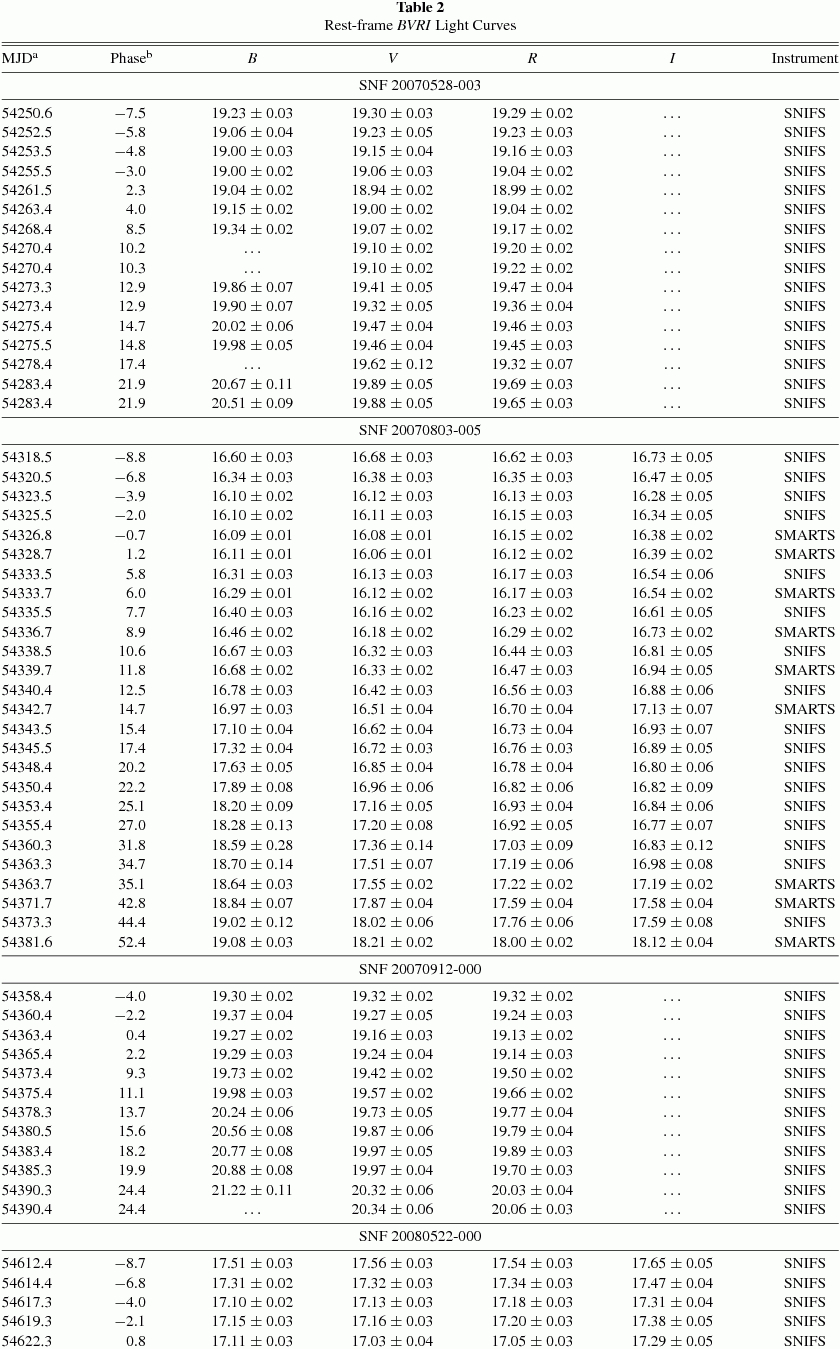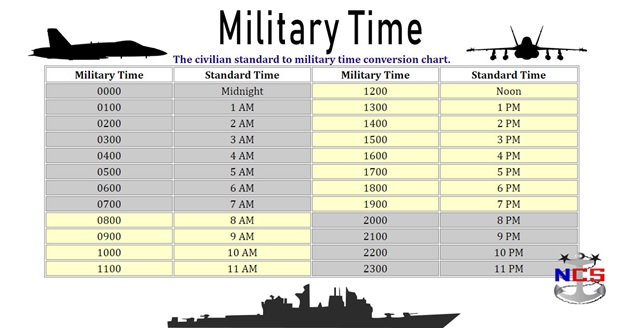

The DDR will be referenced throughout the conversion process. The DDR is a report of the entire system at the file level and helps determine whether to use the hub-and-spoke methodology or to rewrite the entire system. Next, you need to create a DDR in FileMaker 6 Developer. While the average user can usually skip this part, you must be sure to know your solution to ensure the application is properly designed.

The ERD becomes the cornerstone of the development process. To understand the main components of any system and guide the solution, we always create an Entity Relationship Diagram (ERD). This not only leads to better system architecture, but oftentimes, mapping out the files highlights files that are no longer used and can be eliminated. Mapping involves knowing all your files in your current system, their primary relationships, and how you would like to arrange them in your new FileMaker system. fmp12īefore you start converting your files, you need to carefully map out your solution.

If you’d like help, fill out our FileMaker Project Request and we can work with you to get you the best possible solution.ġ. Obviously, this can really add up money-wise. Goya Base Elements ($499) or Beezwax Inspector ($495) to clean up solutions in.fp5 format, and generate a Conversion Issues Report to reference. New Millennium's MetadataMagic ($200-$700) to clean up file references, find errors in the.The DDR is used to evaluate the solution. FileMaker Developer 6 (no longer supported/sold, used to create DDR).We highly recommend these tools to effectively convert your files: fp5 system, this can take anywhere from a few days to a few weeks, depending on the number of files, scripts, layouts, relationships, and value lists in your solution. Depending on the complexity of your FileMaker. Making the jump from FileMaker 3, 4, 5, 5.5, or 6 to FileMaker 7, 8, 8.5, 9, 10, 11, or 12 involves proper planning. fmp12+ can be a complex task that poses challenging problems.

We suggest this route because it costs the least long-term, carries the least amount of risk, and provides the most benefits. While everyone has different needs, of the four options, we most often recommend going with the first option.
#Baseelements time conversion upgrade


 0 kommentar(er)
0 kommentar(er)
